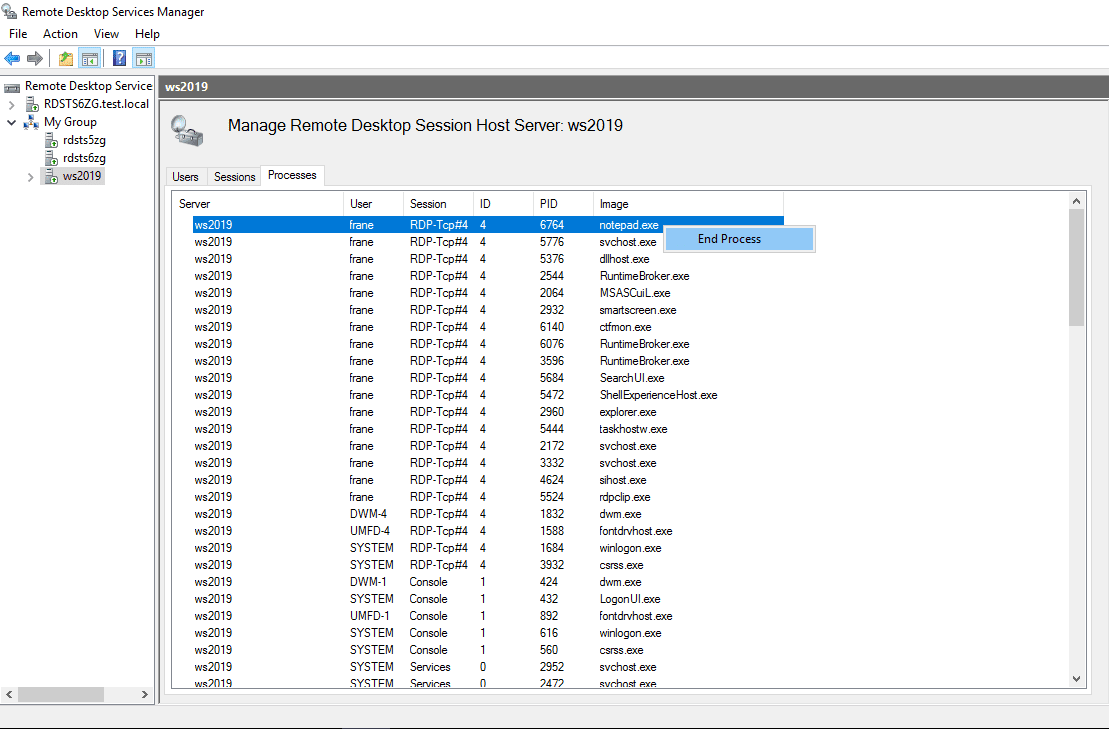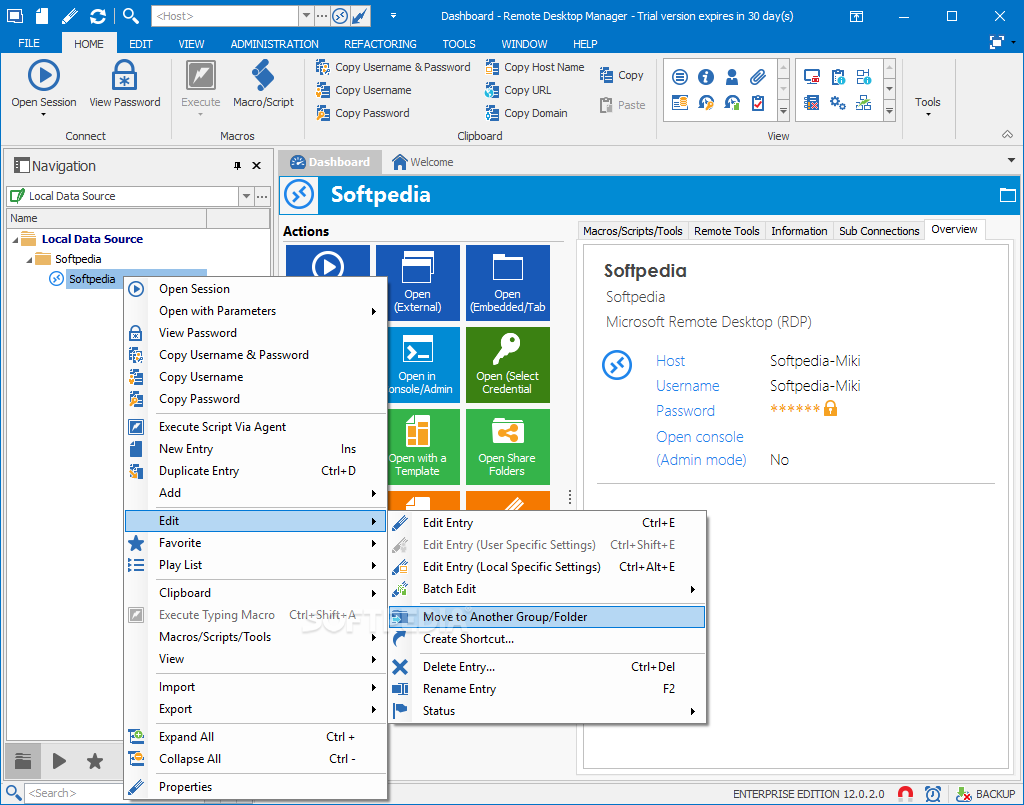

Give the code to the host during the program installation.ĭWService has a handful of tools. Make a user account through the link below (it's totally free), and then add a new agent to your account. If the host installed the program, the setup procedure is a little more involved. Log in through the link below and enter the code and password that shows on the host's DWAgent program window. The client has it easy if the host uses the on-demand option.

Otherwise, enter the code and provided by the client so that they can have always-on access to the host computer. If you choose the run option instead of the install option, you're given a user code and password that the client needs to reach the computer. The host has two options: download the DWAgent, and then run it for on-demand, one-time access (great for tech support), or install it for permanent remote access (ideal if it's your own computer). The host installs or temporarily runs the program, and the client logs in via any web browser to run commands, control the screen, or control files and folders. You configure a local user account to start an application during logon by using the Local Users and Groups tool in Computer Management.Limited maximum bandwidth for free users.ĭWService is a free and open-source project that truly simplifies remote access. You install Windows Server Standard, version 1803, Windows Server Datacenter, version 1803, Windows Server version 1709 or Windows Server 2016 with the Remote Desktop Session Host role. If you require RCM to query AD DS because you are using the Remote Desktop Services attributes, you must manually enable RCM.Īdditionally, consider the following scenario: Starting in Windows Server 2016, RCM no longer queries the users object in AD DS. This information is displayed in the Remote Desktop Services Profile tab of a users object properties in the Active Directory Users and Computers MMC snap-in. In Windows Server 2012 R2 and earlier versions, when a user logs on to a terminal server, the RCM contacts the domain controller (DC) to query the configurations that are specific to Remote Desktop on the user object in Active Directory Domain Services (AD DS). Windows Server Standard, version 1803, Windows Server Datacenter, version 1803, Windows Server version 1709 and Windows Server 2016.

This article describes the Remote Connection Manager (RCM) and the changes to RCM in This is because Microsoft changed the way it works, and therefore doomed it “legacy RCM”: Since Windows server 2016, the attributes of theese tabs, are no longer applied:


 0 kommentar(er)
0 kommentar(er)
